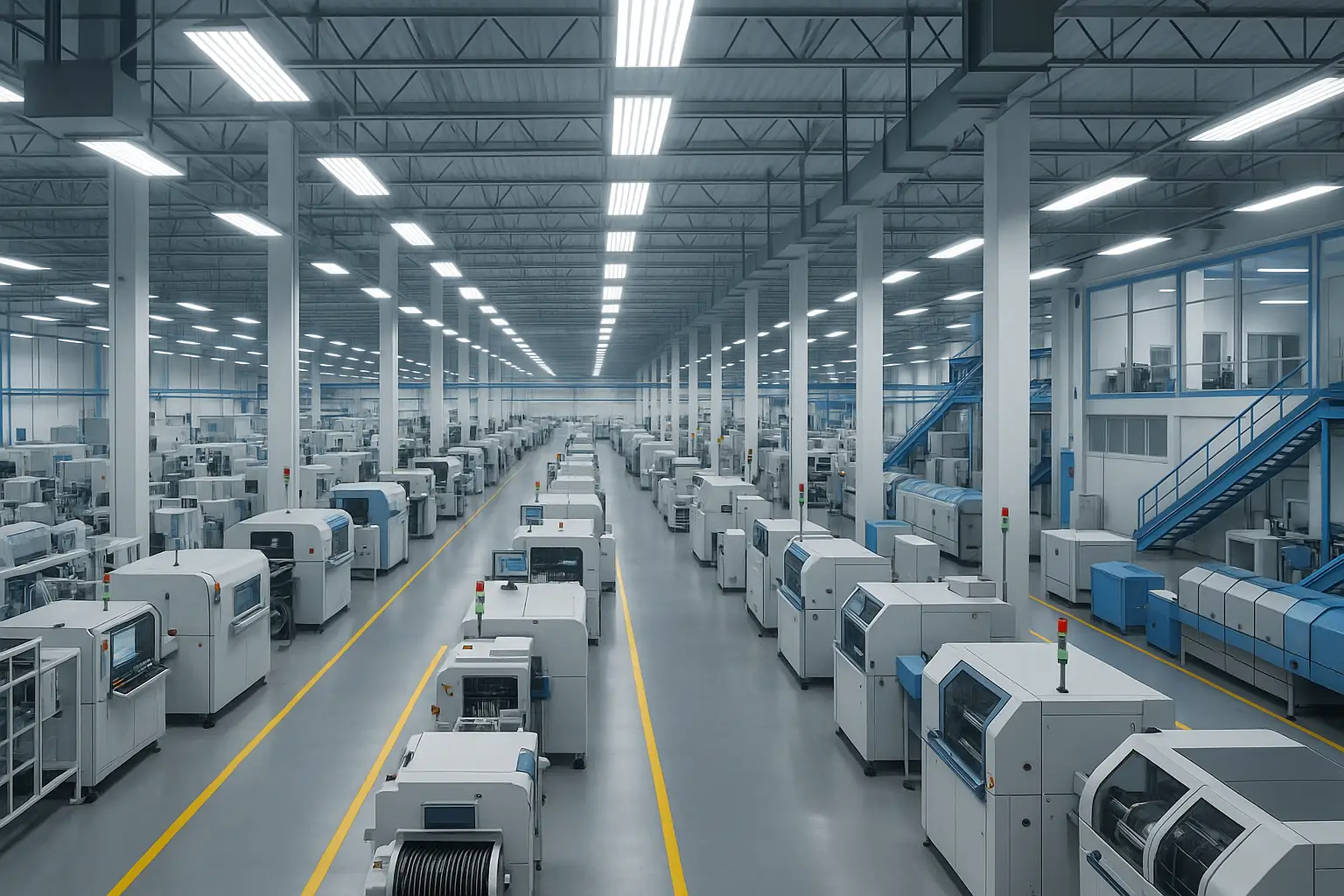
Getting your Opcenter Execution MES system right starts with a solid foundation—modeling it to reflect your actual manufacturing environment as a digital twin.






With a well-modeled MES system, you’ll improve throughout, ensure quality, manage maintenance effectively, and boost operational efficiency. This foundation sets you up for success, helping your business achieve its goals faster and more effectively.